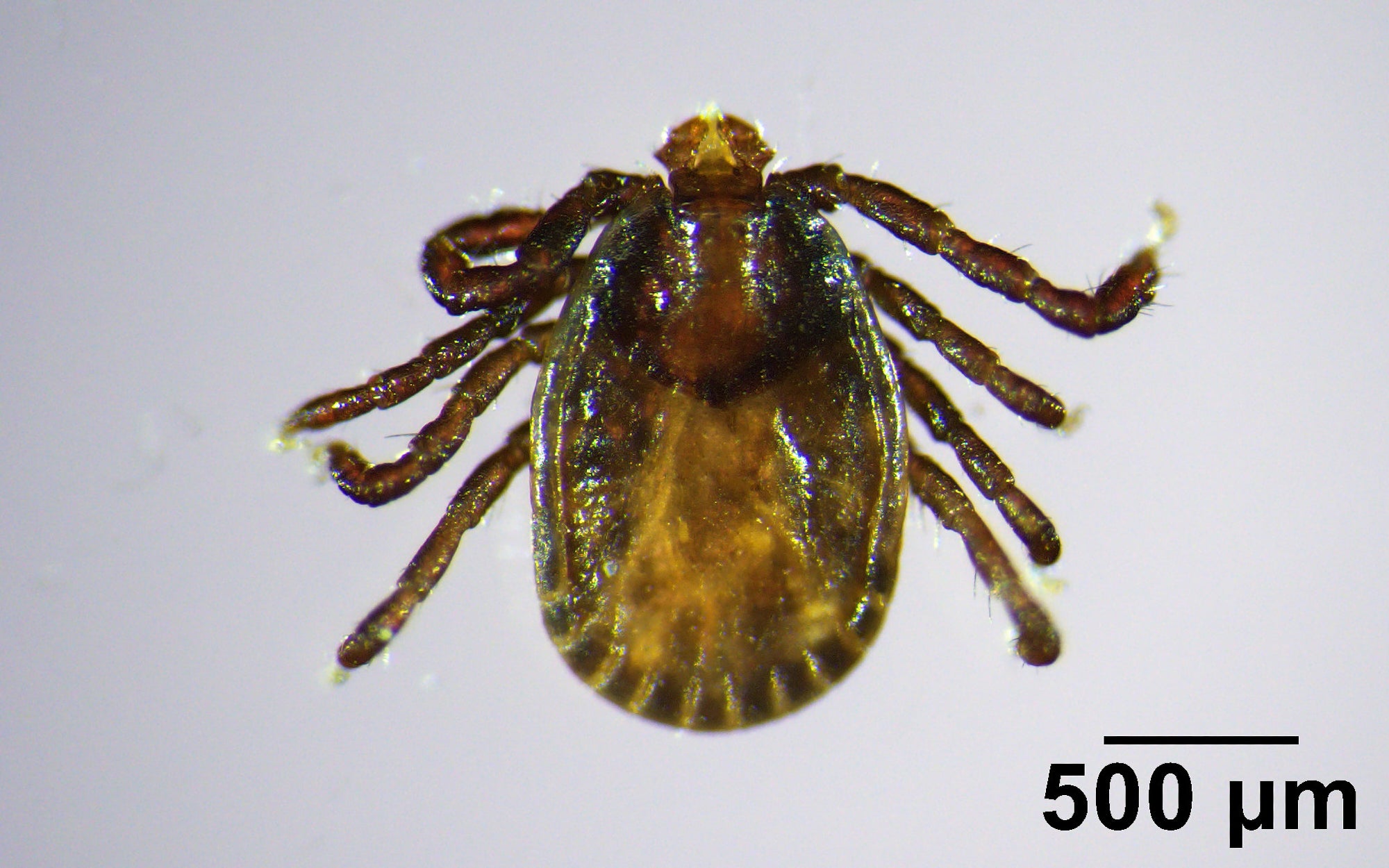The Asian longhorned tick, an invasive species capable of spreading serious infections, has been confirmed in Maine for the first time, marking its most north-easterly discovery in the United States.
Researchers at the University of Maine and state conservation officials identified the pest in July.
Originating in East Asia, where it spreads tickborne illnesses like spotted fever, the tick was first detected in the US in New Jersey in 2017.
It has since spread to more than 20 states, mostly in the eastern third of the country. Its exact arrival route is uncertain, though public health officials suggest pets or livestock.
Griffin Dill, director of the UMaine Extension Tick Lab, underscored the importance of ongoing monitoring. "This discovery underscores the critical importance of continued tick surveillance in Maine," he stated.
"While this appears to be an isolated case, we are closely monitoring the situation and coordinating with state and federal partners."

The specimen found in southern Maine was not yet an adult, the lab confirmed in a statement. Follow-up surveillance in the immediate vicinity did not yield any further ticks, suggesting the finding may be an isolated incident.
Asian longhorned ticks feed on numerous animals, including cattle and humans. They pose a challenge for pest control authorities because female ticks of the species can reproduce without mating, which means a single individual can create an infestation, the lab said.
The specimen found in Maine could not reproduce yet because it was a juvenile, the lab said.
Research is still going on to determine the tick species' ability to spread pathogens in Maine and elsewhere in the US, the lab said. Ticks are a major public health concern in the Northeastern US, where another species, the blacklegged or deer tick, spreads Lyme disease.
In the meantime, the public can prevent tick bites by taking steps such as conducting rigorous checks for them, avoiding overgrown vegetation and wearing protective clothing, public health officials said.







